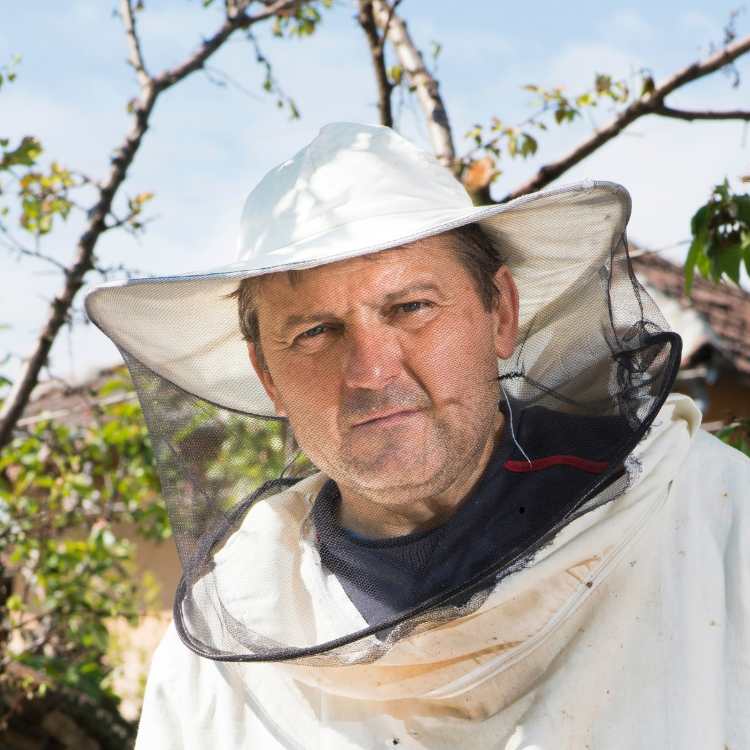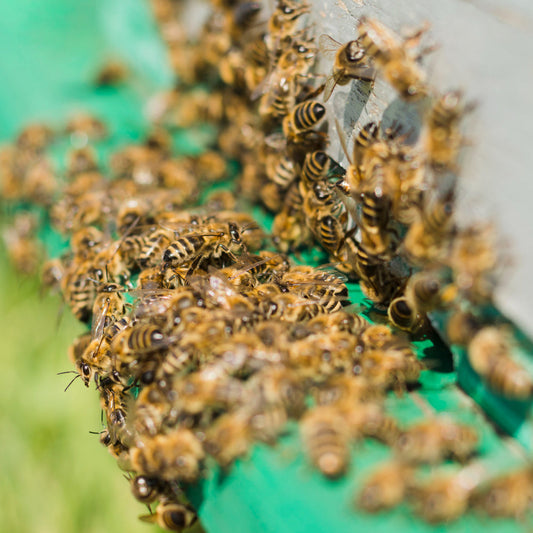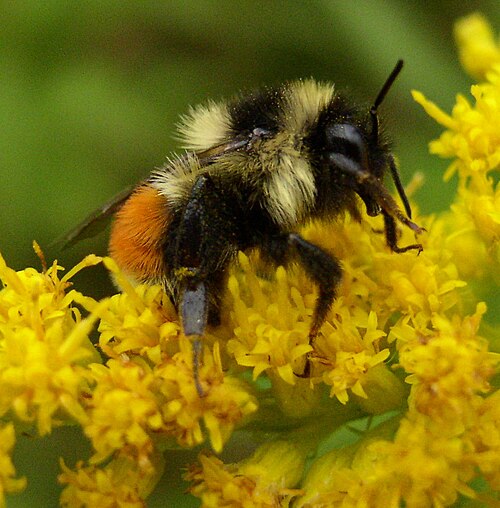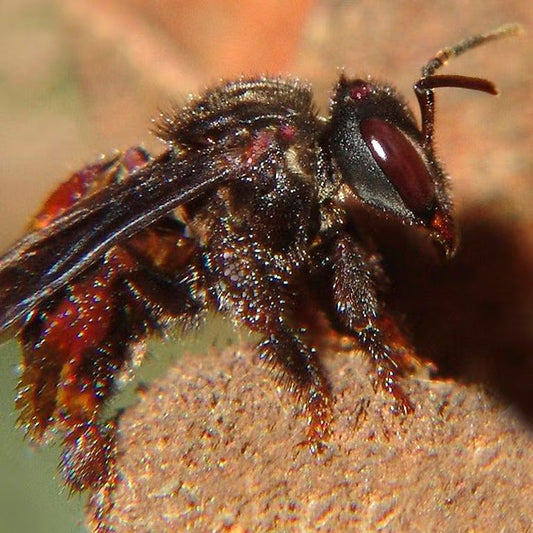What is the first thing that comes to mind when we hear the word “bee”? Most of us would picture a honeybee or a bumblebee flying from flower to flower, making honey and making that iconic buzz sound. But honeybees are just one of the thousands of bee species on this planet. The types of bees all over the world are abundant and every single one of them has a role to play in keeping our ecosystems running.
Let me take you inside the hive, into the soil, into the trees and across the deserts—because that’s where bees work, live and survive in all kinds of fascinating ways. The world of bees is wildly diverse and here is a glimpse at its wonderful residents.
The most common types of bees
The Apidae family
Perhaps the biggest and most recognized of all types of bees. This family includes honeybees, bumblebees, and carpenter bees. These are the ones that tend to get the most attention. And for good reason.
- Honeybees: Honeybees, especially the European kind, are the champions of agriculture. Their colonies are some of the most organized ones on the planet. Queens lay eggs, workers gather nectar and pollen and drones live only to mate. Without them, entire crop systems would collapse.
- Bumblebees: Bumblebees are the chubbier and fuzzier cousins. They can’t make as much honey as the European honeybees but they are incredibly efficient as pollinators, especially in colder climates where other types of bees can’t function.
- Carpenter bees: Then there are carpenter bees. They don’t live in hives and instead chew tunnels in wood and live solitary lives. Some folks see them as pests, but their pollination work makes them essential.

The underground bees
- Mining bees: These types of bees stay close to the ground. Members of the Andrenidae family, they dig elaborate nests right into the dirt. Seen those volcano shaped mounds in the backyard? That is a mining bee nest. These bees are solitary and gentle and appear early in the spring to pollinate fruit trees and native plants.
- Sweat bees: Sweat bees or Halictidae, get their name from their odd attraction to human sweat. These bees are small, shiny and metallic. Generally in shades of blue, bronze or green. Most of them are ground nesters too. Despite their size, these guys are really good at pollination. Farmers love them, even if people swat at them.

Mining bees
The solitary bees
Not all bees live in colonies. In fact, most of the types of bees prefer to live the solo life.
- Leafcutter bees: They belong to the Megachilidae family. The females cut perfect circles from leaves and petals to build their nests inside wood cavities or hollow stems. Their mission: build, lay, seal. Done.
- Mason bees: Then we have the mason bees. A close cousin to the leafcutter bees, these bees use mud instead of leaves to seal up their nests. Quiet, non-aggressive and some of the best known pollinators of the species that often outperform honeybees in orchards.

Leafcutter bee
The bees of the desert
Some types of bees have adapted to live in harsh, dry environments.
- Plasterer bees: Part of the Colletidae family, the plasterer bee gets its name thanks to its habit of lining their nests with a substance that looks and feels just like plastic, which is perfect for the arid regions it lives in. This is a waterproof coating that keeps the brood safe from moisture and fungus.
- Bees from the Melittidae family: This is another small faction of solitary desert bees. These bees specialize in feeding on a narrow group of flowers, which makes them super important to the biodiversity of dry and fragile ecosystems.
- Bees from the Stenotritidae family: This one’s a mysterious type of bee found only in Australia. These are fuzzy, big bees that dig burrows and fly real fast. Much is still unknown about this species.

Tropical bees
-
Orchid bees: Orchid bees or euglossines, are the neon green, iridescent showoffs of the bee world. Native to the Americas, especially down in the tropical forests, they have evolved alongside orchids and are essential for these rare plants to reproduce. Male orchid bees collect scent compounds from flowers to impress females. Think of it as bee perfume.

Hybrid bees
No discussion about the types of bees would be complete without the controversial ones.
- Africanized honeybee: Sometimes sensationalized as the “killer bee”, these are a hybrid between the African and European honeybees. They are more defensive, yes, but they are also incredible foragers and highly adaptable. In regions where they have spread, they are a mixed blessing.

Africanized honeybee
Why you need to know about the types of bees
Understanding the many types of bees is not just for trivia. Each bee species is known to favor certain plants for pollination. Lose the bee, lose the plant, and the food chain begins to crumble. Monoculture farming, pesticide use, climate change and habitat loss are all shrinking bee populations worldwide. But you, me, and all of us can help to make a difference.
The world of bees is messy, brilliant and absolutely essential. The next time you see a bee on a flower, ask yourself: Which of the types of bees is this? What is it doing here? What part of the system is it holding up?
Because behind every seed, flower and fruit is a bee doing its job.
For more fun stories from the world of bees, consider following my full blog here and join me on the quest to save the bees.





